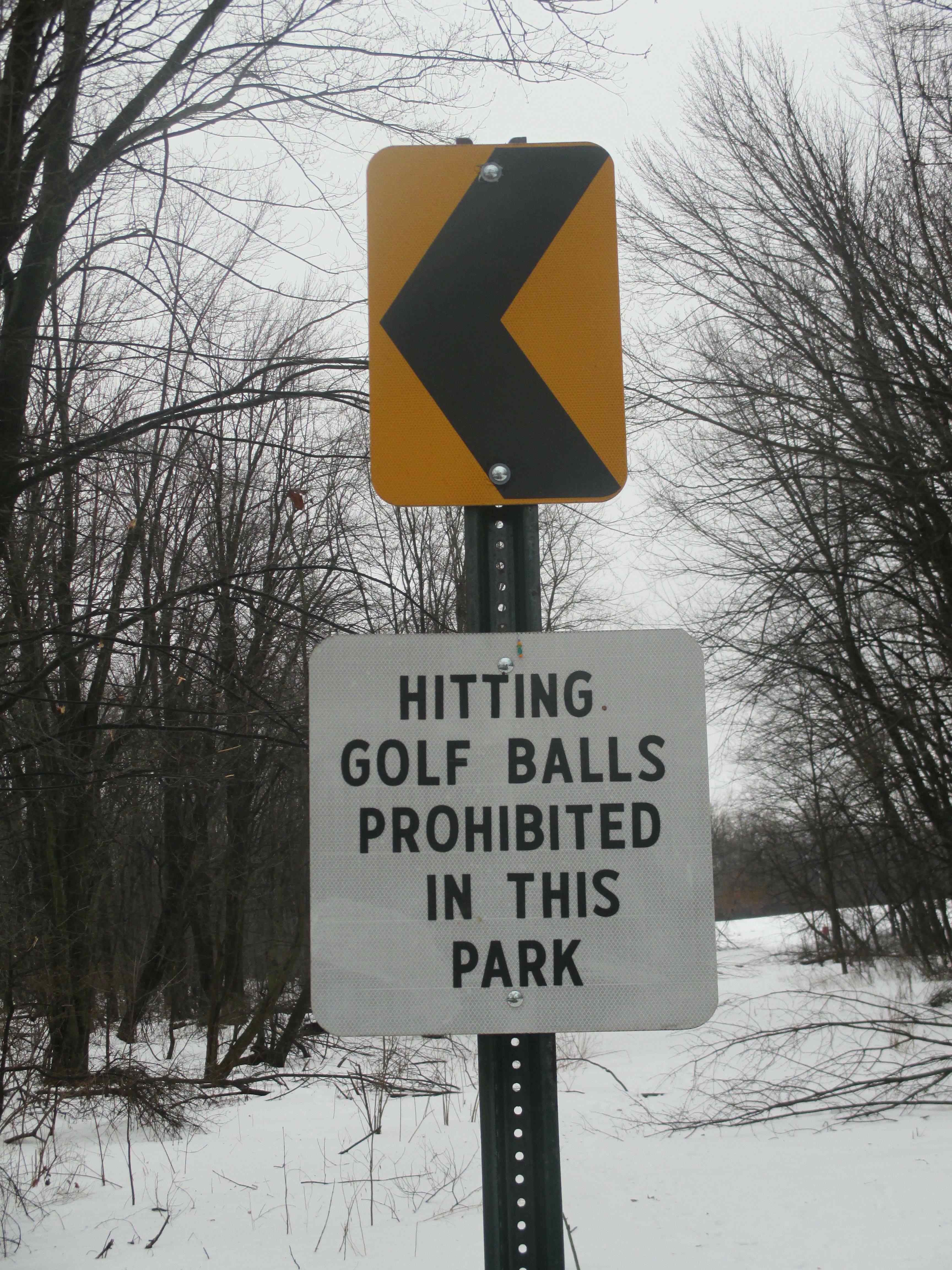
Taksim Gezi Park. Image: Wikipedia commons
Ask natural scientists why small parks matter and you’ll hear about habitats, biodiversity, carbon sequestration and buffer zones between developments.
Ask the same question to social scientists and you’ll hear about maintaining human connections with nature, centers of community concern, neighborhood identity and healthy outdoor activities.
Small parks can even serve a public policy purpose as a political rallying point. That happened last year in Turkey when government plans to develop 9-acre Taksim Gezi Park — one of Istanbul’s smallest parks and among the few remaining green spaces in the city’s BeyoÄŸlu district— triggered sit-ins and national demonstrations.
From a humanist as well as scientific perspective, poet-environmental activist Wendell Berry has written that we need not cherish just the great public wildernesses” but small ones as well.
But ask my 4-year-old grandson why small parks matter and the answer is simpler: fun.
I live a block from 24—acre Burcham Park, a former landfill turned “open space” park on the eastern edge of East Lansing, Mich. Less than half is a mown field where my children used to fly kites, flip Frisbees, practice Whiffle ball and try out their bow-and-arrow (better in the park than shooting holes into our backyard playhouse’s wall) and where deer are a common sight — to the dismay of homeowners bordering the park.
No playground. No athletic fields. No toilets. Hitting golf balls isn’t allowed and dogs must be leashed, but no other rules are posted.
The rest of Burcham Park is unmaintained woods with a zig-zaggy trail where I’ve strolled with
out-of-town friends, picked up litter, swatted mosquitos and used my cross-country skis. It’s here in the woods where my now-adult son and his friends used to build forts from broken branches and then head home for snacks. It’s here where I walked our cairn terrier for 16 years, enjoying the way she alerted to squirrels and other small wildlife as her nose snuffled through the fallen, unraked leaves.
I enjoy seeing the ragged, overgrown border between mown and unkempt, with scraggly bushes where you can pick a few wild blackberries in late summer. Wendell Berry has also written articulately about the value of such “margins” to nature.
After a recent mini-storm left 4 or 5 inches of fresh snow on the ground, I took our old orange plastic sled from the playhouse, bundled up the 4-year-old grandson and pulled him to the park. There we broke trail along the familiar zig-zaggy path, up the two hills — one small, the other smaller — and pushed our way around, through or over the many branches downed by our pre-Christmas ice storm.
He sledded time after time down the smaller hill, repeatedly announcing that it was fun. The slightly larger hill didn’t hold his interest because he couldn’t steer the sled straight enough to go fast downhill.
Our orange sled was the only visible splash of color, but we saw a teepee-like fort made by neighborhood kids from fallen branches. I have no doubt that some of them will be playing in the snow here this winter, here in this small park, the type of park we need as much as the vast wildernesses.
Eric Freedman is the director of Michigan State University’s Knight Center for Environmental Journalism which publishes Great Lakes Echo. This story first appeared on the center’s website at ej.msu.edu.


